Crow’s Nest Preserve: 30th Anniversary
By Daniel Barringer, Preserve Manager.
Since it is the end of another year, 2021, and given that I have a little time now to take a break from daily land stewardship work, it is worth taking stock of where we’ve been, where we are, and where we’re going. I have a backlog of photos from this year to share, but before the year is out I’d first like to celebrate Crow’s Nest Preserve’s 30th anniversary. In 1991 the first parcels of Crow’s Nest were donated to Natural Lands Trust and it has grown ever since.
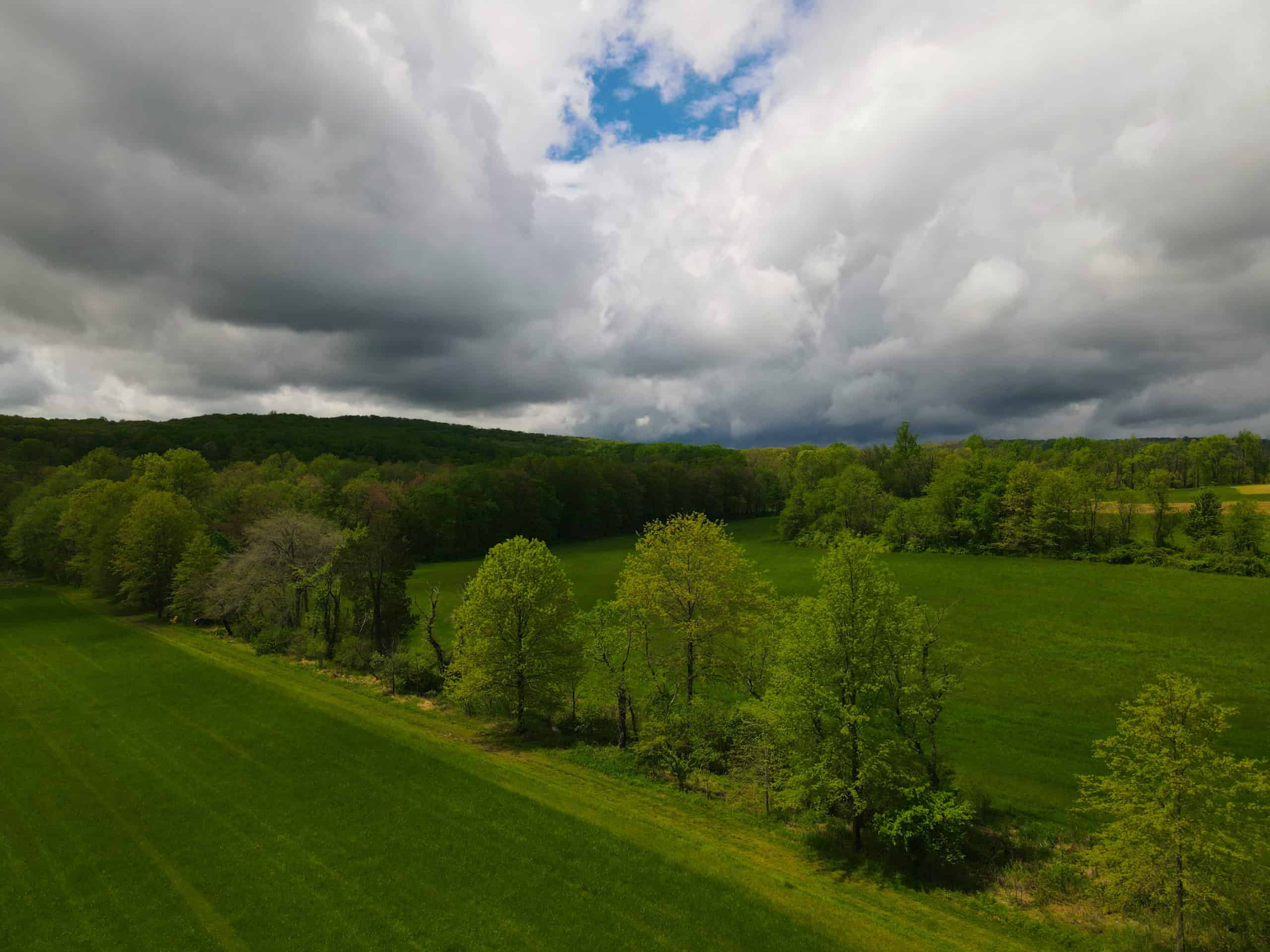
Photo: Daniel Barringer
Much of the land looks the same as it did years ago; that’s the point of protecting what was here, right? But if you look closely, the trees are taller, we’ve planted native trees and shrubs, added pollinator strips of native wildflowers along some of the farm fields, and renovated more of the historic farm buildings. I wrote about Crow’s Nest’s 25th anniversary in 2016 here. Since then we’ve continued managing meadows with prescribed fire, removing hazard trees along roads as their condition has required, cutting invasive vines and shrubs, managing habitat with prescribed grazing, and leasing a portion of the preserve for crop farming.
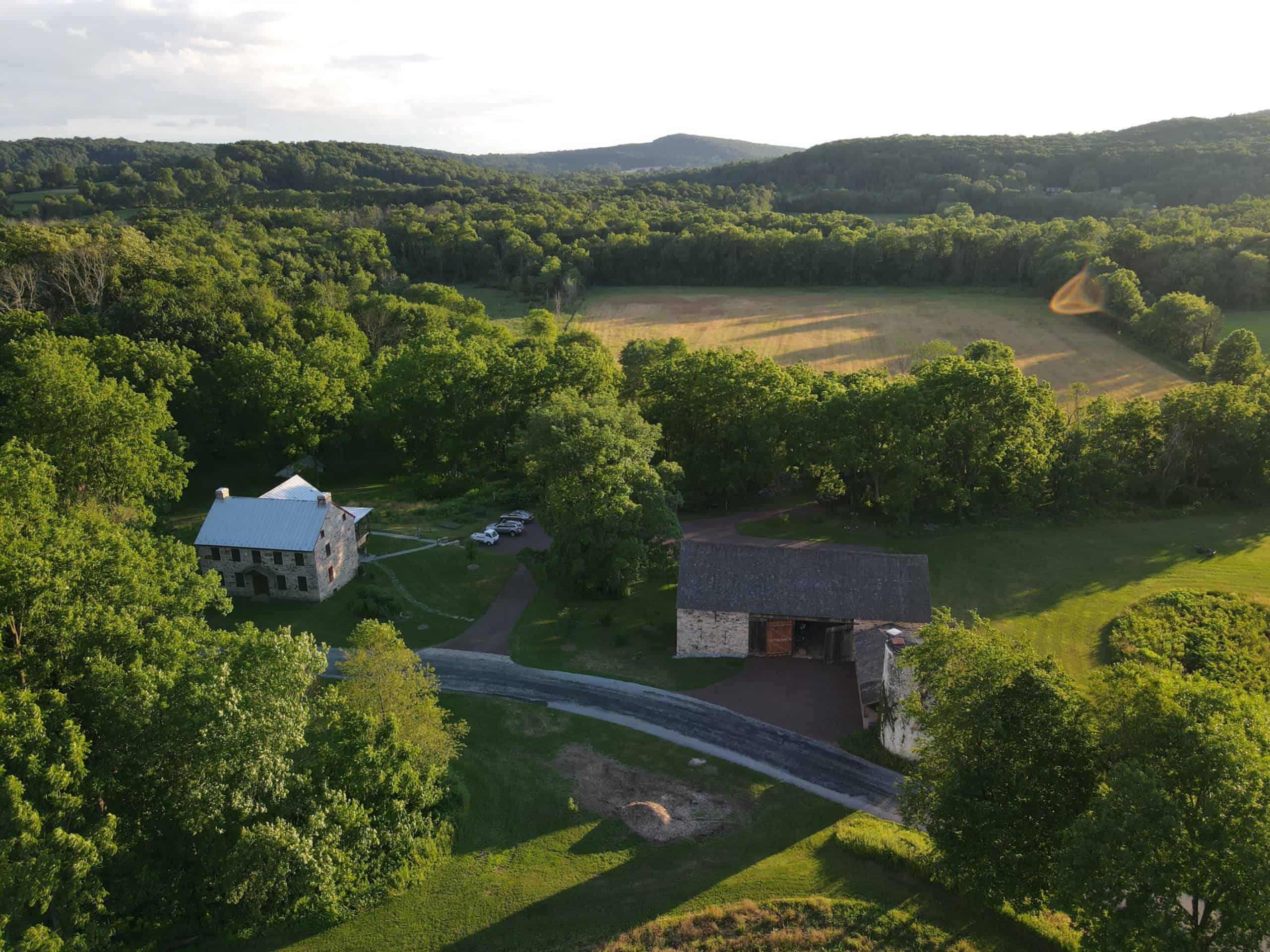
Photo: Daniel Barringer
But a lot also has changed. We’ve been honored by the work from dozens of wonderful volunteers. We’ve had some staff changes as we expanded education programs and grew the capacity of land stewardship, and said goodbye to several who have offered us so much. The visitor center grew with a wing to house office and meeting space, storage, and an always-open public restroom, built in house by our Building Stewardship staff. Now they are renovating the Hartung house on Harmonyville Road.
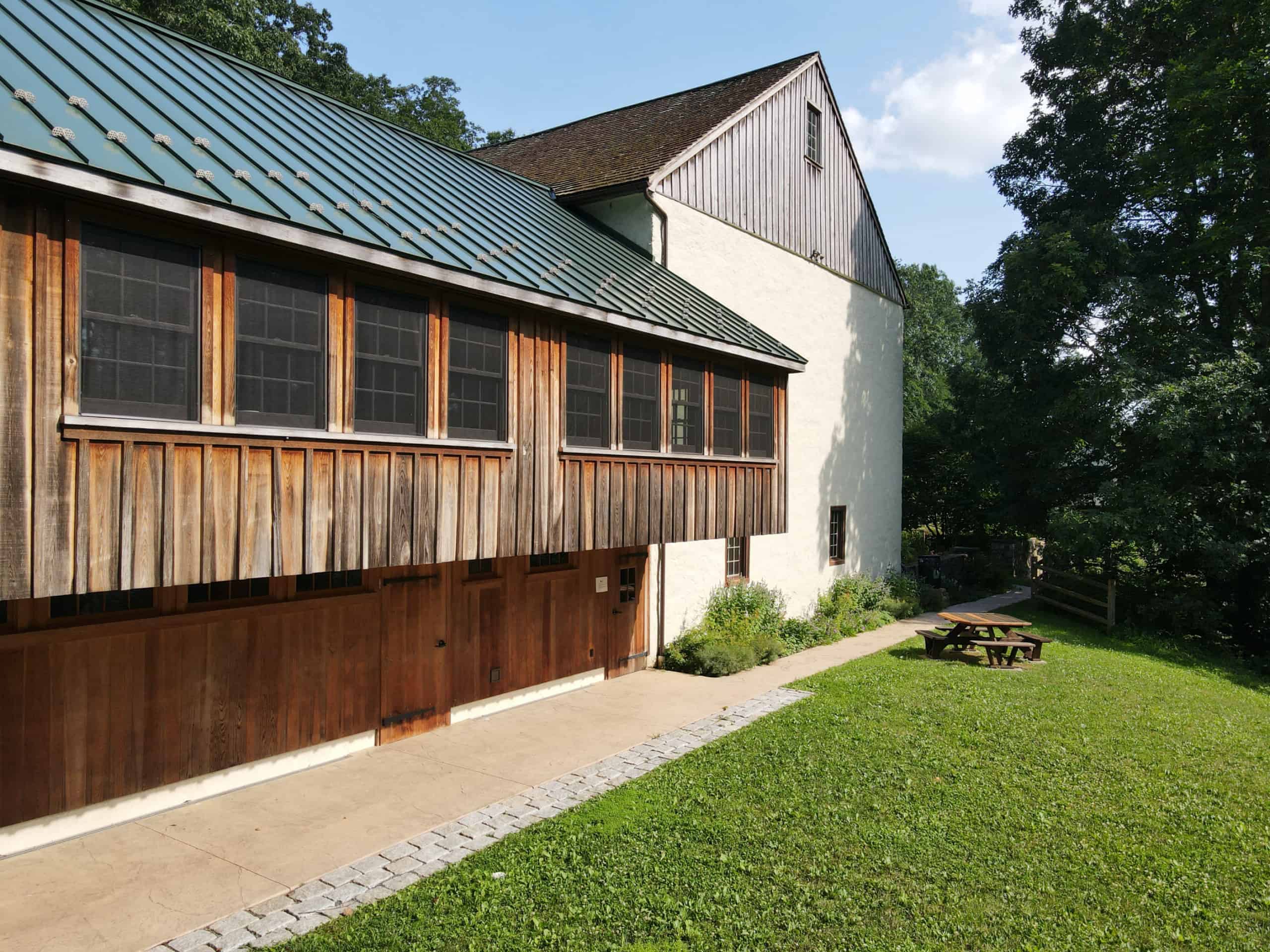
Photo: Daniel Barringer
That reboot of the visitor center offered an opportunity to showcase native wildflowers in a garden setting around it.
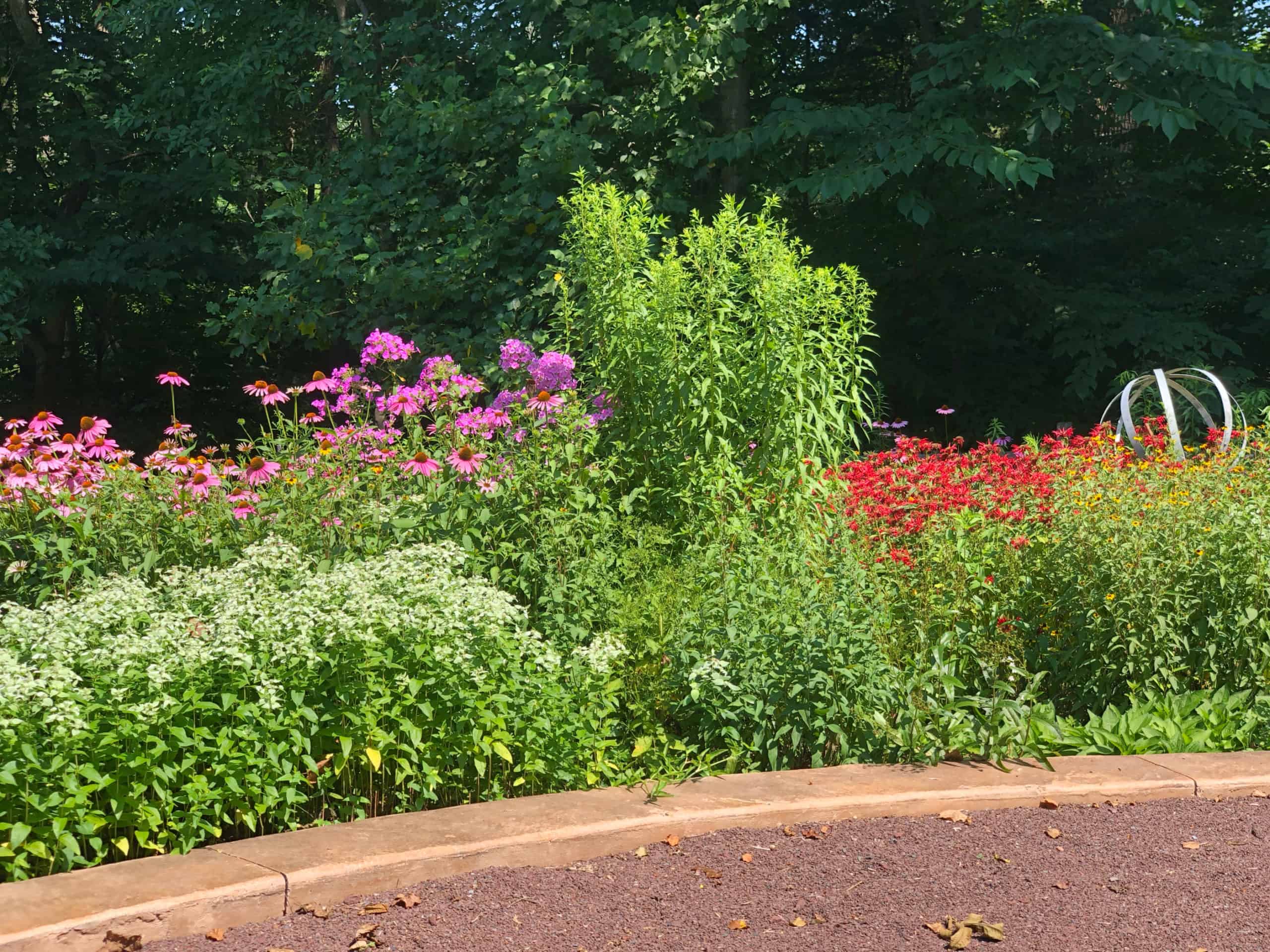
Photo: Daniel Barringer
In the last five years Natural Lands Trust has shortened its name to Natural Lands with a new logo pictured on the sign below:
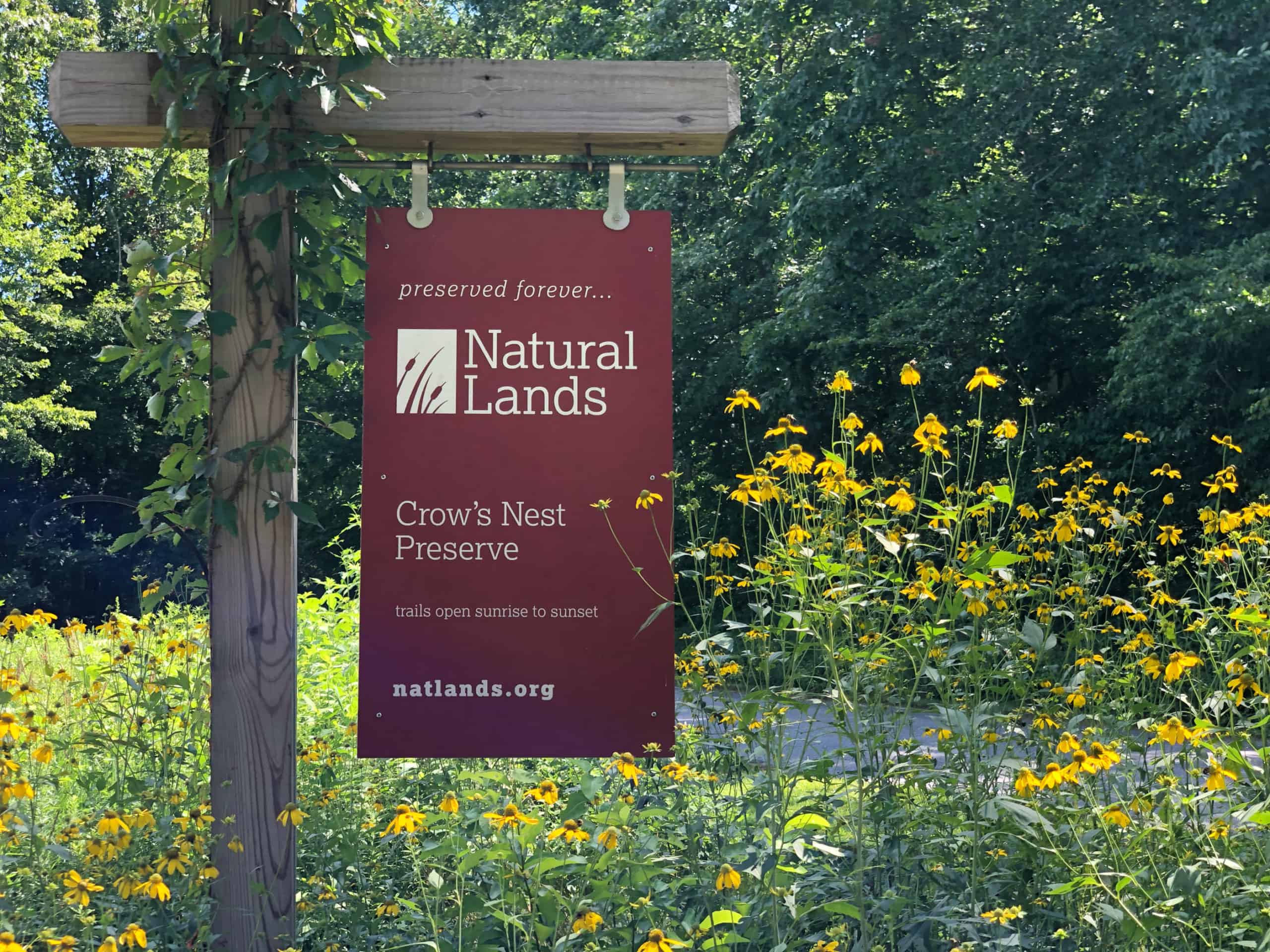
Photo: Daniel Barringer
This past April I completed 25 years at Crow’s Nest, and last month, 30 years with Natural Lands. December 2021 also marks the 17th year we’ve been writing this weblog. You can read a reminiscence three years ago here.
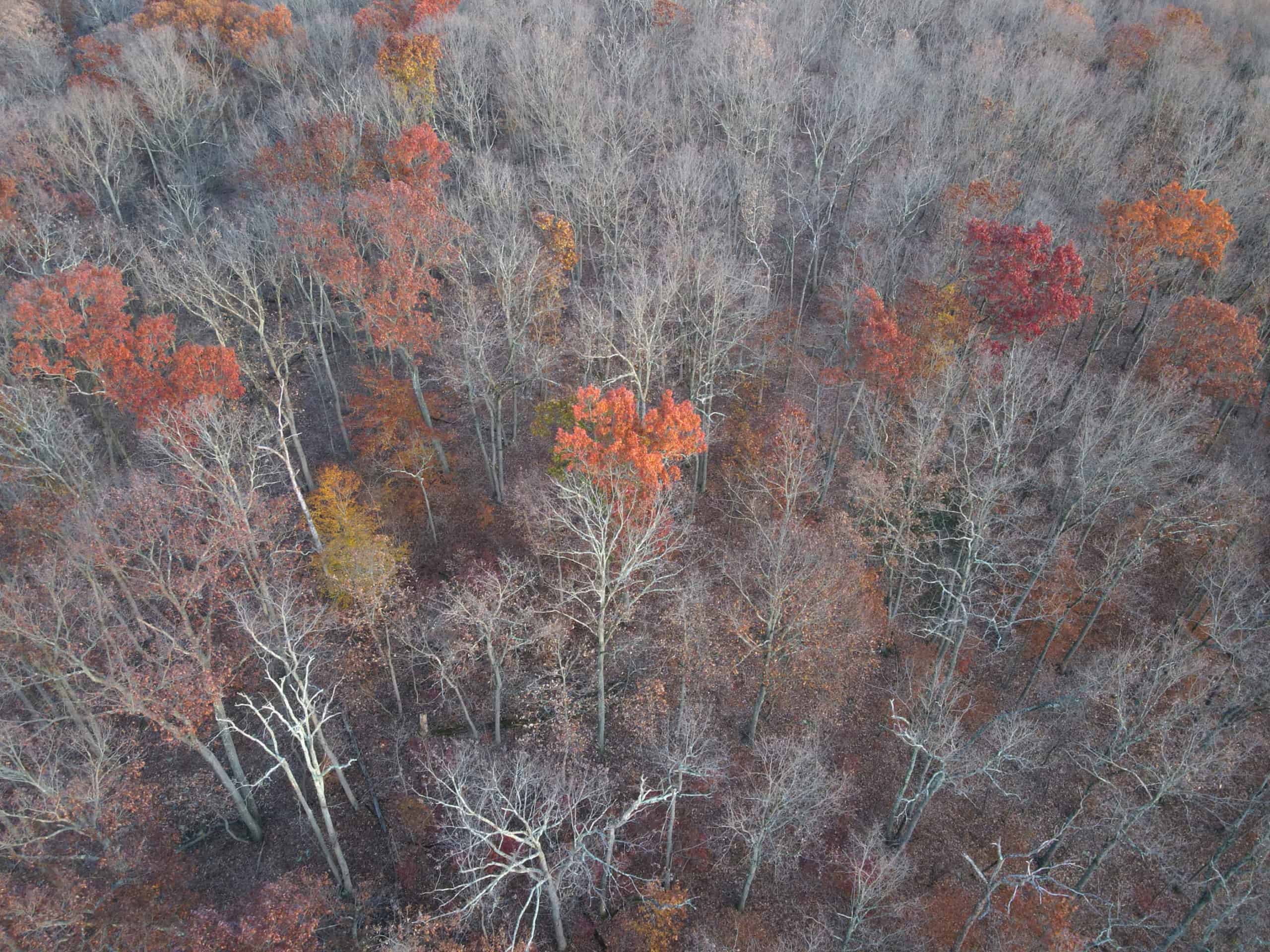
Photo: Daniel Barringer
Today there are more trails, new footbridges, and lots of gravel spread along the Creek Trail to make it passable in wet conditions. Volunteers have built bog boardwalks on the Hopewell Trail that connects to us to Hopewell Furnace National Historic Site. We now have two kids’ play areas: in addition to the stump playground and fairy village near the Visitor Center there is a second one near the wire bridge across Pine Creek: that one has more stumps, a balance beam, picnic table, vine house, and climbing structures. Both have stumps cut into tic tac toe games. We now offer kids’ programs year round and we were able to adjust them to hold them safely during the pandemic. We restored a free-flowing stream where once there was an earthen dam and pond. We continue partnerships with others who manage open space in the local region—we are part of the Hopewell Big Woods.
We’ve also had to respond to the arrival of the Emerald Ash Borer, which has removed a beautiful and formerly abundant tree from our land: ash. We have also witnessed the arrival of Spotted Lanternfly and are still observing the effects this species is having on our native forests. (In the photo above, oaks hold the last fall color of autumn in our woods. Diversity of species here adds to the forest’s resilience to pests.) An outbreak of Epizootic Hemorrhagic Disease in deer in 2018 severely impacted their population size, but that in turn has created an opportunity for more forest regeneration and growth of plants in the understory. Today the deer population is beginning to rebound.
The preserve has grown in size to 712 acres, most recently adding the former Warwick Woods Campground which we will link with trails and include in our programs. We are having the buildings removed from this area, dramatically reducing the amount of impervious surface there that otherwise would increase rain runoff into Mine Run and French Creek.
To make the future better we are working to make the preserve more accessible, visitors’ experiences here more inclusive, and offer a greater number of events so that more people can enjoy what the preserve has to offer. We have plans to build an arched footbridge over the restored stream, but we are being careful not to build more infrastructure than we can maintain—so we will also be turning to repairing and restoring some of the structures built earlier in our 30-year history. We look forward to seeing you here to enjoy Crow’s Nest Preserve over the next 30 years and beyond!
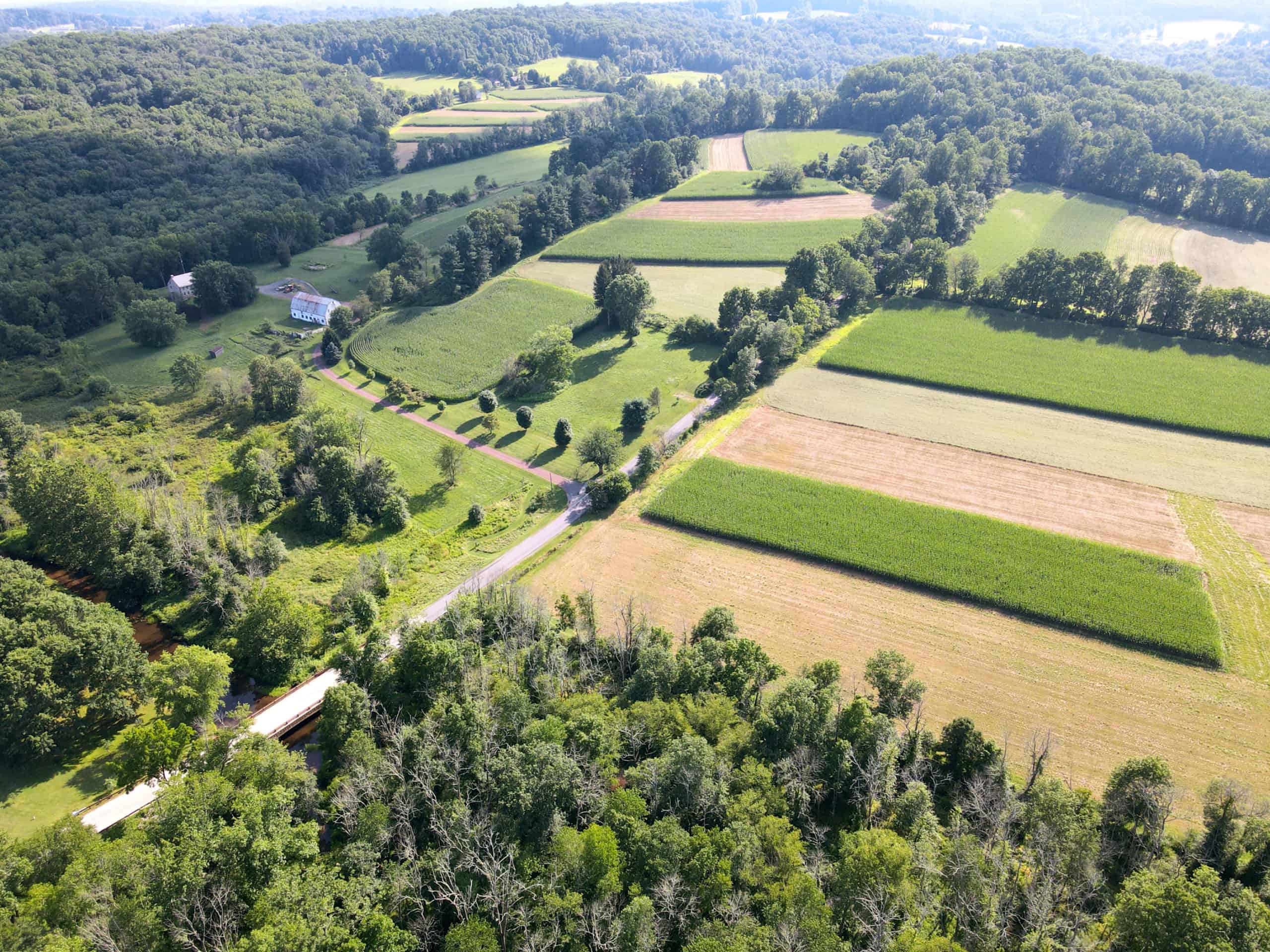
Photo: Daniel Barringer
